NCCN Task Force report: update on the management of patients with gastrointestinal stromal tumors
- PMID: 20457867
- PMCID: PMC4103754
- DOI: 10.6004/jnccn.2010.0116
NCCN Task Force report: update on the management of patients with gastrointestinal stromal tumors
Abstract
The standard of care for managing patients with gastrointestinal stromal tumors (GISTs) rapidly changed after the introduction of effective molecularly targeted therapies involving tyrosine kinase inhibitors (TKIs), such as imatinib mesylate and sunitinib malate. A better understanding of the molecular characteristics of GISTs have improved the diagnostic accuracy and led to the discovery of novel immunomarkers and new mechanisms of resistance to TKI therapy, which in turn have resulted in the development of novel treatment strategies. To address these issues, the NCCN organized a task force consisting of a multidisciplinary panel of experts in the fields of medical oncology, surgical oncology, molecular diagnostics, and pathology to discuss the recent advances, identify areas of future research, and recommend an optimal approach to care for patients with GIST at all stages of disease. The task force met for the first time in October 2003 and again in December 2006 and October 2009. This supplement describes the recent developments in the field of GIST as discussed at the October 2009 meeting.
Conflict of interest statement
The NCCN guidelines staff have no conflicts to disclose.
Figures





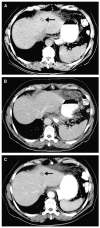
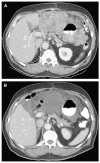
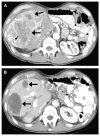
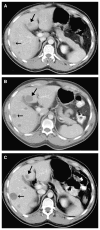
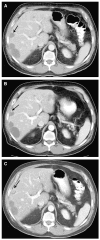
References
-
- Nishida T, Hirota S. Biological and clinical review of stromal tumors in the gastrointestinal tract. Histol Histopathol. 2000;15:1293–1301. - PubMed
-
- Thomas RM, Sobin LH. Gastrointestinal cancer. Cancer. 1995;75:154–170. - PubMed
-
- Tran T, Davila JA, El-Serag HB. The epidemiology of malignant gastrointestinal stromal tumors: an analysis of 1,458 cases from 1992 to 2000. Am J Gastroenterol. 2005;100:162–168. - PubMed
-
- Tryggvason G, Gislason HG, Magnusson MK, et al. Gastrointestinal stromal tumors in Iceland, 1990–2003: the Icelandic GIST study, a population-based incidence and pathologic risk stratification study. Int J Cancer. 2005;117:289–293. - PubMed
-
- Goettsch WG, Bos SD, Breekveldt-Postma N, et al. Incidence of gastrointestinal stromal tumors is underestimated: results of a nation-wide study. Eur J Cancer. 2005;41:2868–2872. - PubMed
Publication types
MeSH terms
Substances
Grants and funding
LinkOut - more resources
Full Text Sources
Other Literature Sources
Medical
Miscellaneous

